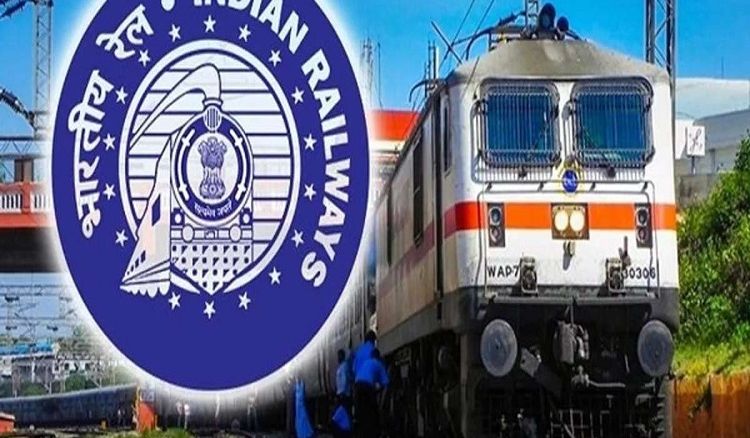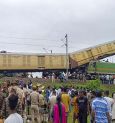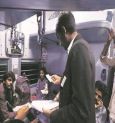Water leaks in train coaches during travel are sometimes an ongoing issue. The water tanks don't always fill correctly and in the allotted time, even after certain stations' pipes have been fixed. Because of this, passengers frequently experience inconvenience mid-trip due to water scarcity, which leads to complaints to the railway authorities. But now that this issue has come up, Indian Railways is taking fresh action.
Indian Railways will use a sensor-based 'Real-Time Indicator' to solve this issue. These indicators will enable railway staff to monitor the water levels in each coach, ensuring adequate supply throughout the journey.
Furthermore, it has been revealed that this technology will be integrated with multiple systems, including the IoT (Internet of Things). This integration will allow real-time monitoring of water levels in coaches. Additionally, if the water level falls below a certain threshold, an SMS alert will be sent to the designated personnel and authorities responsible for refilling water at nearby stations. Consequently, water refilling will be managed promptly and efficiently, ensuring that coaches are adequately supplied with water as needed.
Railway officials believe that this initiative will not only improve water and power management but also enhance the passenger experience. Before implementing this new system, Indian Railways had already taken steps to enhance water refilling facilities at various stations by installing modern pumps and initiating the 'Super Visory Control and Data Acquisition' (SCADA) system. However, despite these efforts, the problem persisted.
Therefore, Indian Railways is now turning to IoT-based technology trials across all its divisions. It has been reported that trials will initially take place at the Sealdah and Howrah depots in the Eastern Railway division. A selected coach from several long-distance up-and-down trains in these two divisions will be equipped with this technology for a trial period of three months. Based on the results of these trials, a decision will be made regarding the installation of this technology in coaches across the railway network.
Trending
- Solar Storm: A solar storm is set to hit Earth; what are scientists saying?
- Swikriti Majumder: Swikriti Majumder from the serial ‘Alor Kole’ has tied the knot.
- 2024 Nissan Magnite Facelift Launched in India at an Introductory Price of ₹5.99 Lakhs
- Transports: Train and bus services have been expanded in North Bengal to handle the Durga Puja rush

Indian Railways Introduces New Technology To Solve Ongoing Train Water Supply Issues
...
Loading...
Advertisement
 বাংলায় পড়ুন
বাংলায় পড়ুন













